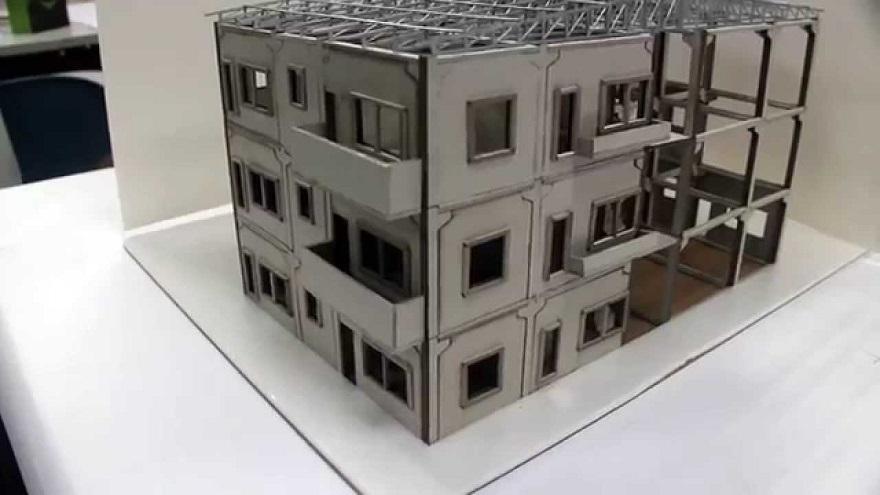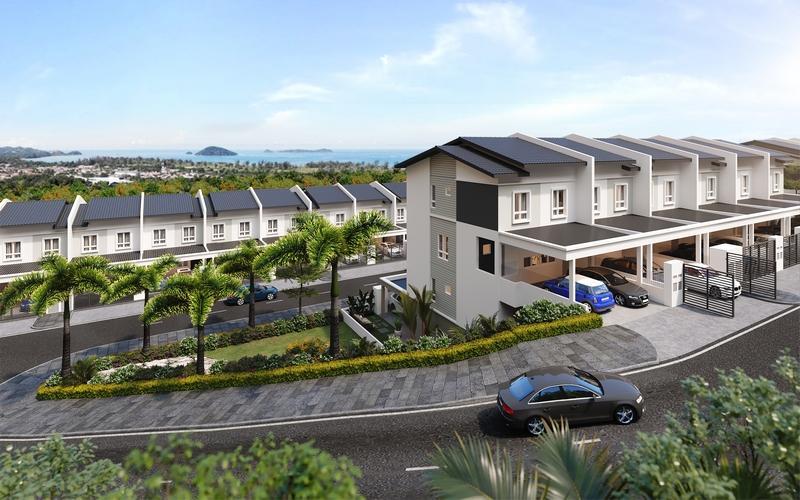Many construction industry players in Malaysia are still opting for conventional building methods instead of the Industrialised Building System (IBS), which has the potential to enable developers to build more affordably-priced houses. Although the IBS agenda in Malaysia started in the early 1960s, it has still not been widely accepted.
Works Ministry Baru Bian has been quoted as saying that while the usage of IBS technology was at 78% in the public sector, it only stood at 31% in the private sector.
What is IBS?
IBS is a construction technique in which the components are manufactured in a controlled environment either on or off-site. These are then transported, positioned and assembled into structures with the least of additional site work, thus minimising activities at the construction site. IBS is more efficient and faster when compared to conventional building techniques.
Master Builders Association Malaysia President Foo Chek Lee said in order to migrate to IBS, developers and contractors would require substantial capital for their factory operations, specific equipment and machinery, logistics and to manufacture the IBS components.
Limited resources and skills to implement IBS
“The number of projects using IBS and the availability of installers or manufacturers are still quite limited. Besides that, there is also a lack of skills, especially outside the Klang Valley. "
“In the IBS system, extensive usage of advanced plants and machinery is involved which need skilled operators to operate. Usually, only big organisations can afford such talents by acquiring or retaining the right talent with the right skill, knowledge and experience,” he told Bernama.
Foo acknowledged that the IBS technology can lead to long-term benefits such as safer and cleaner construction sites, higher-quality projects, and cost, time and labour savings, thus reducing the nation’s dependence on foreign workers.
However, he added, it would all depend on the projects to be developed, along with the quantity, building design and location.
“This is important as the number of repetitive construction projects will offset the high initial capital cost. The logistics to transport IBS components (to the building site) is also another factor to consider as the IBS components are usually very heavy and large.
“Therefore, the availability of interchangeability of IBS components or adoption of a modular system for IBS with standard shape, size and measurement will be good as the components can readily and easily be made available, which will make the cost cheaper,” he said.
Promoting more IBS-friendly construction industry laws and policies
Noting that industry players need more time to migrate to IBS and to be convinced of its cost-effectiveness, Foo opined that the government may have to review the relevant laws and policies to render the industry more IBS-friendly.
“The government is committed to promoting the usage of IBS technology. To encourage the implementation of IBS technology in the private sector, the government has made it mandatory since 2018 for all private projects to use IBS technology and score at least 50 if the project is worth more than RM50 million or more than 50,000 square metres. In the government sector, the score is at least 70,” he said.
He said the Construction Industry Development Board (CIDB) introduced the IBS Manufacturer and Product Assessment and Certification programme earlier this year. The CIDB has also established the Building Information Management Centre to help the construction industry to enhance the planning and design of IBS.
MBAM is also doing its part to promote the use of IBS by conducting roadshows, seminars and exhibitions, he added.
IBS has also drawn the attention of the Ministry of Housing and Local Government, which is now targeting to fully utilise this building technology to construct affordably-priced houses.
Foo said currently, only 30% or 19,000 units of affordable housing were being built yearly using the IBS method and that another 4,000 more units can be constructed if there was an additional factory to manufacture the various IBS components.
The technology can reduce the cost of building affordable houses without jeopardising their quality, he said, adding that it can also lead to a 49% reduction in labour costs.
Senior lecturer at Universiti Utara Malaysia’s School for Economics, Finance and Banking Muhammad Ridhuan Bos Abdullah, meanwhile, said the lukewarm response of developers to IBS was something that the authorities concerned must look into.
The benefit of IBS on Malaysia's house affordability in the market
“The use of IBS can boost the government’s efforts to build more affordably-priced houses, especially for the B40 and M40 groups. Developers can enjoy cost savings, while buyers get to purchase houses that meet the prescribed standard and quality and at affordable prices too,” he said.
Muhammad Ridhuan also said that collaboration between institutions of higher learning and the government, particularly CIDB, would yield a higher number of experts in the IBS field which, in turn, would rev up the development of the technology in this country.
“More benefits can be attained through the sharing of expertise, facilities, technology and experience between universities and CIDB,” he said, adding that this would also give the construction industry more exposure to IBS as presently, builders are reluctant to use the technology as they are not well versed in it.
On the current housing market prices, Muhammad Ridhuan said it still showed an upward trend amid relatively slow growth.
“Price increases are evident in the new housing projects that have been launched, particularly those located near urban areas and commercial centres,” he added.

_PH_Banner_(Desktop)(1200x180px).png)
.jpeg)






.jpg)
.jpg)
.png)

.jpeg)

